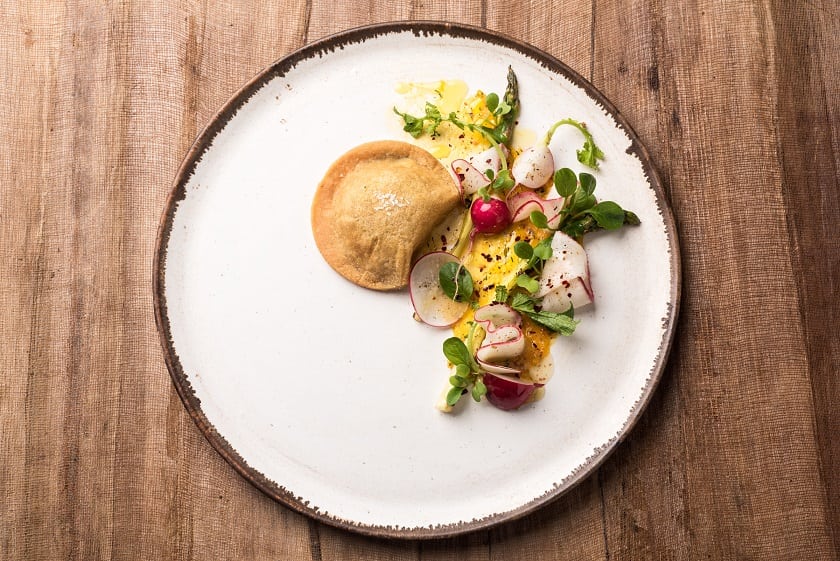3 Ways Costa Rican Fine Dining Is Getting More Local

Skift Take
The fine dining industry is slowly transforming diners' consciousness and relationships with local producers -- an evolution that has the potential to shift local economies in a powerful way if done well.
Costa Rican chefs are returning to San Jose with international training and a passion to create fine dining experiences that honor the abundance of local produce, however, challenges in sourcing and shifting perspectives still remain.
On a recent trip through San Jose, Skift Table spoke with the creative minds behind three of San Jose’s more innovative establishments to better understand what’s driving the culinary renaissance in Costa Rica’s often overlooked capital.
It takes one a perusatory glance around the country to realize it is rich in produce, however, for a country as abundant as Costa Rica, the dining industry has unfortunately fallen into the habit of importing resources while local goods are sent abroad. This not only dilutes the culinary experience but increases costs.
“It’s uncommon for Costa Ricans to use their local products and resources. The use of imported goods like meats, vegetables, and fruits from other countries has become popular country wide. We like to use local products, and if chefs show their interest in exploiting what Costa Rica has, we will be creating an experience that you will only be able to get here,” says chef Luciano Lofeudo, chef and co-owner of Isolina.
[caption id="attachment_3348" align="alignright" width="200"] Chef Santiago Fernández Benedetto.[/caption]
Isolina is a small, fine dining restaurant that opened in 2016 in the heart of Barrio Escalante within a house built in 1942 by the owners’
